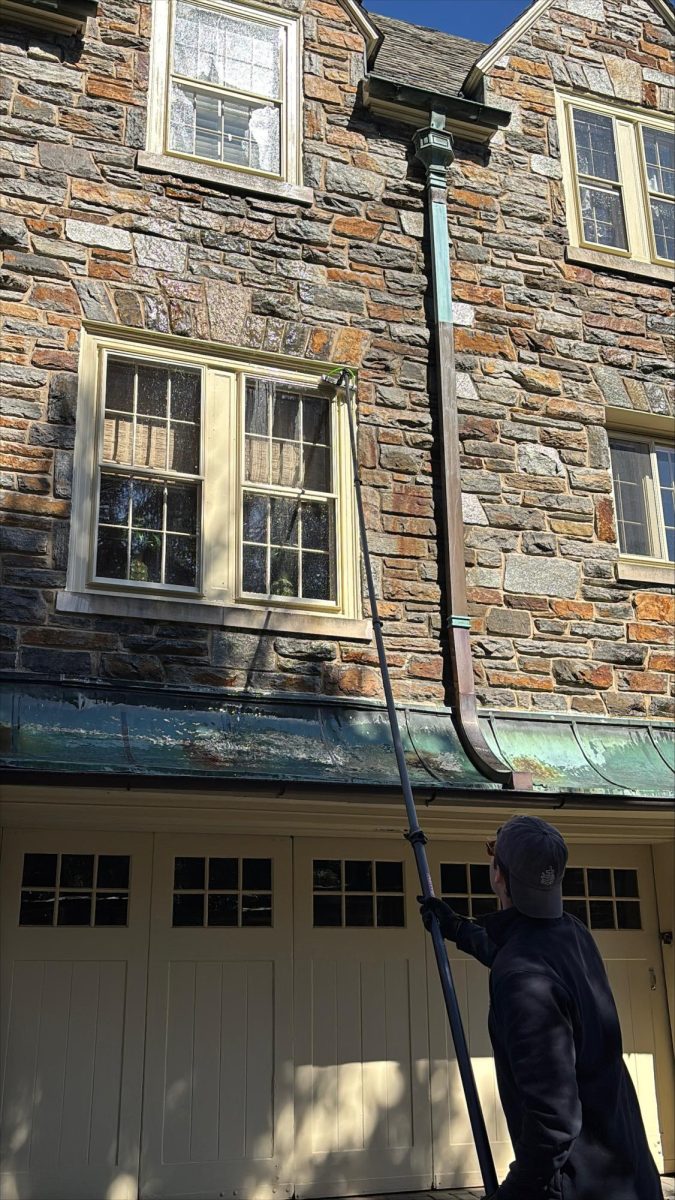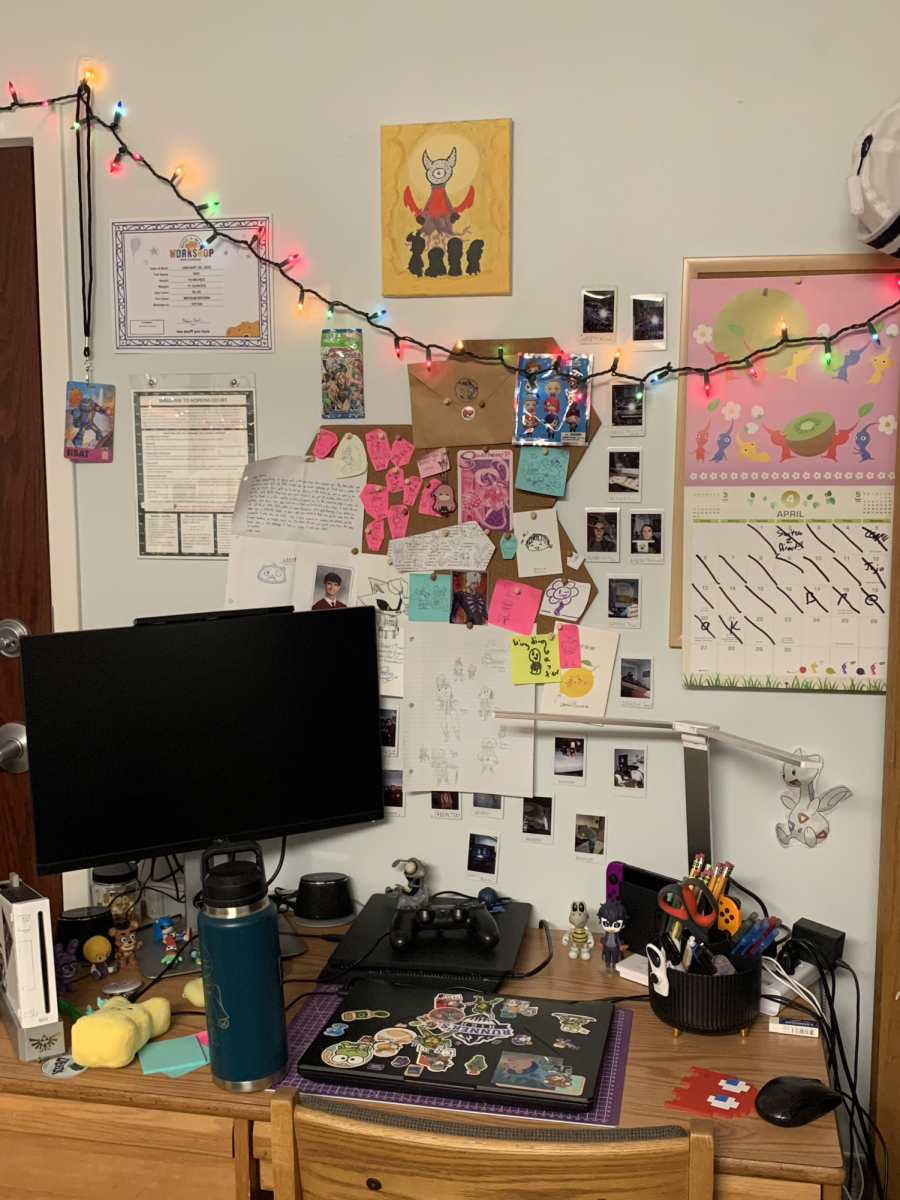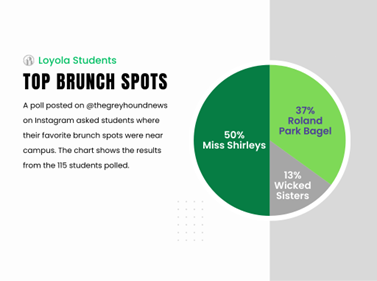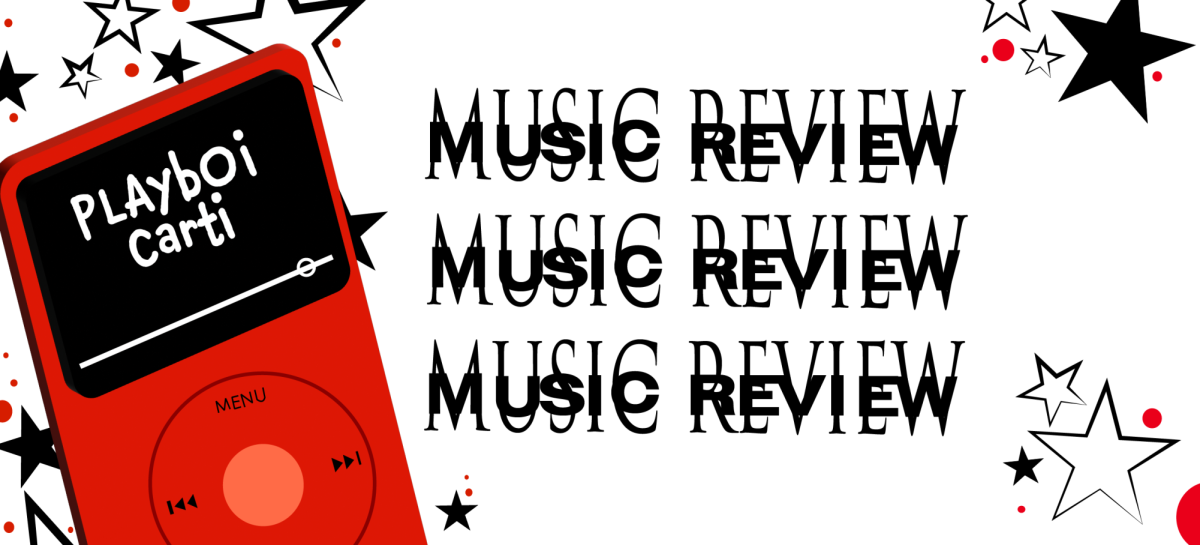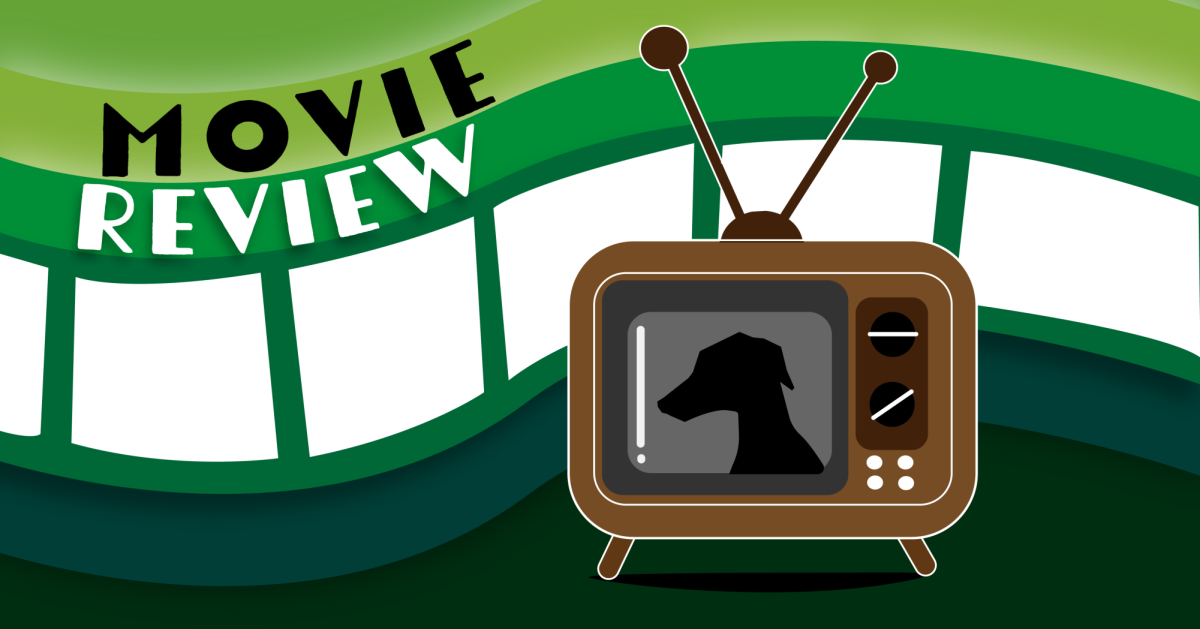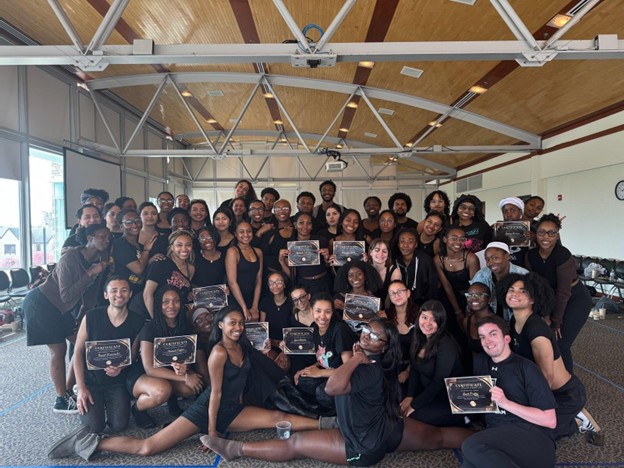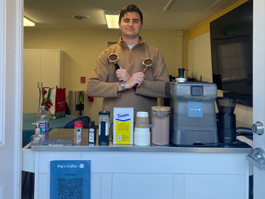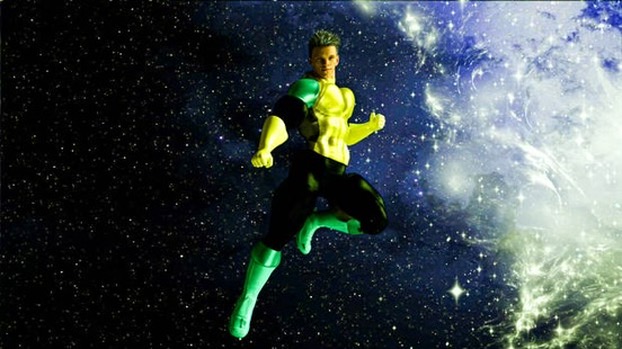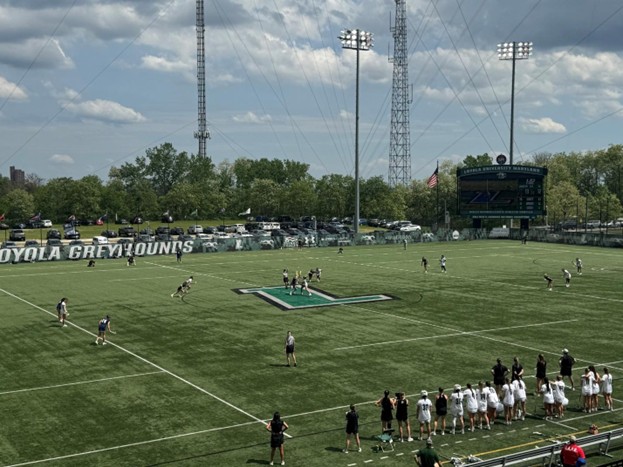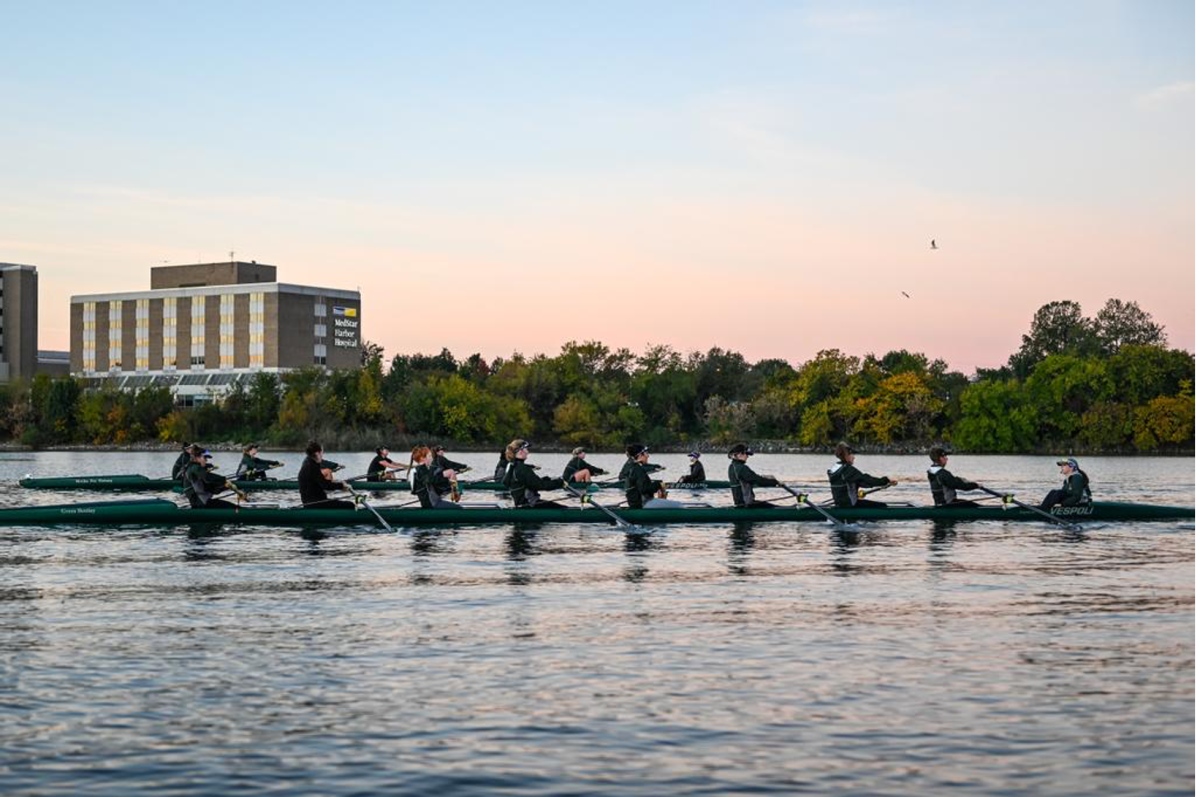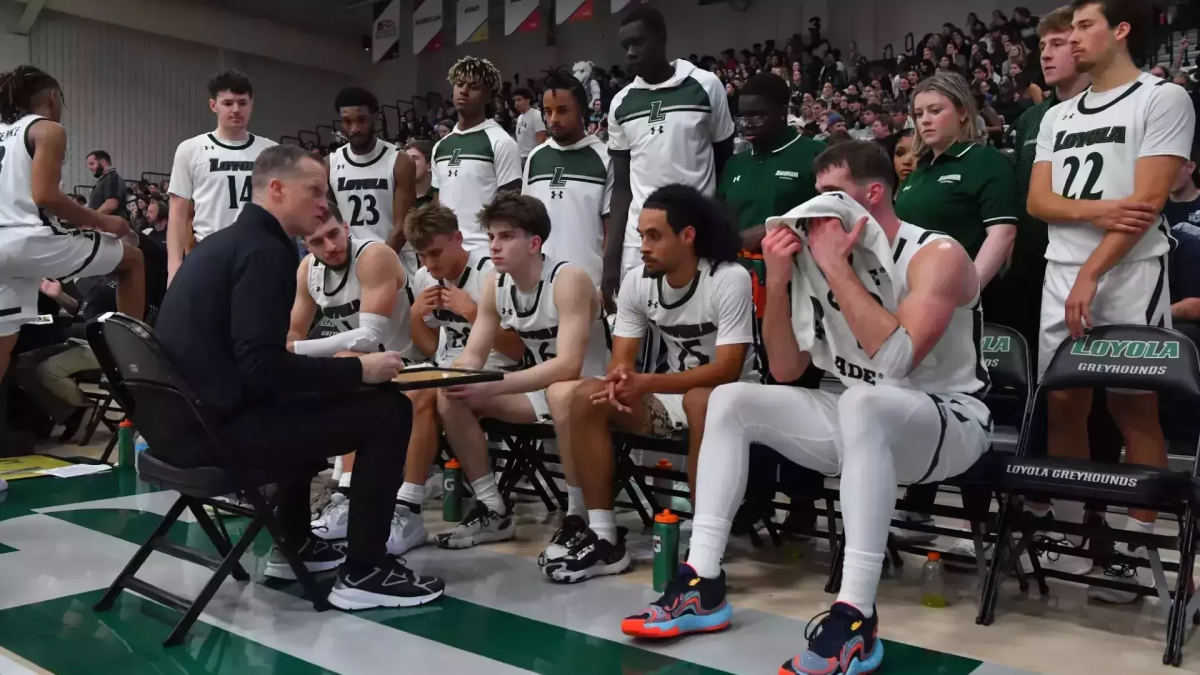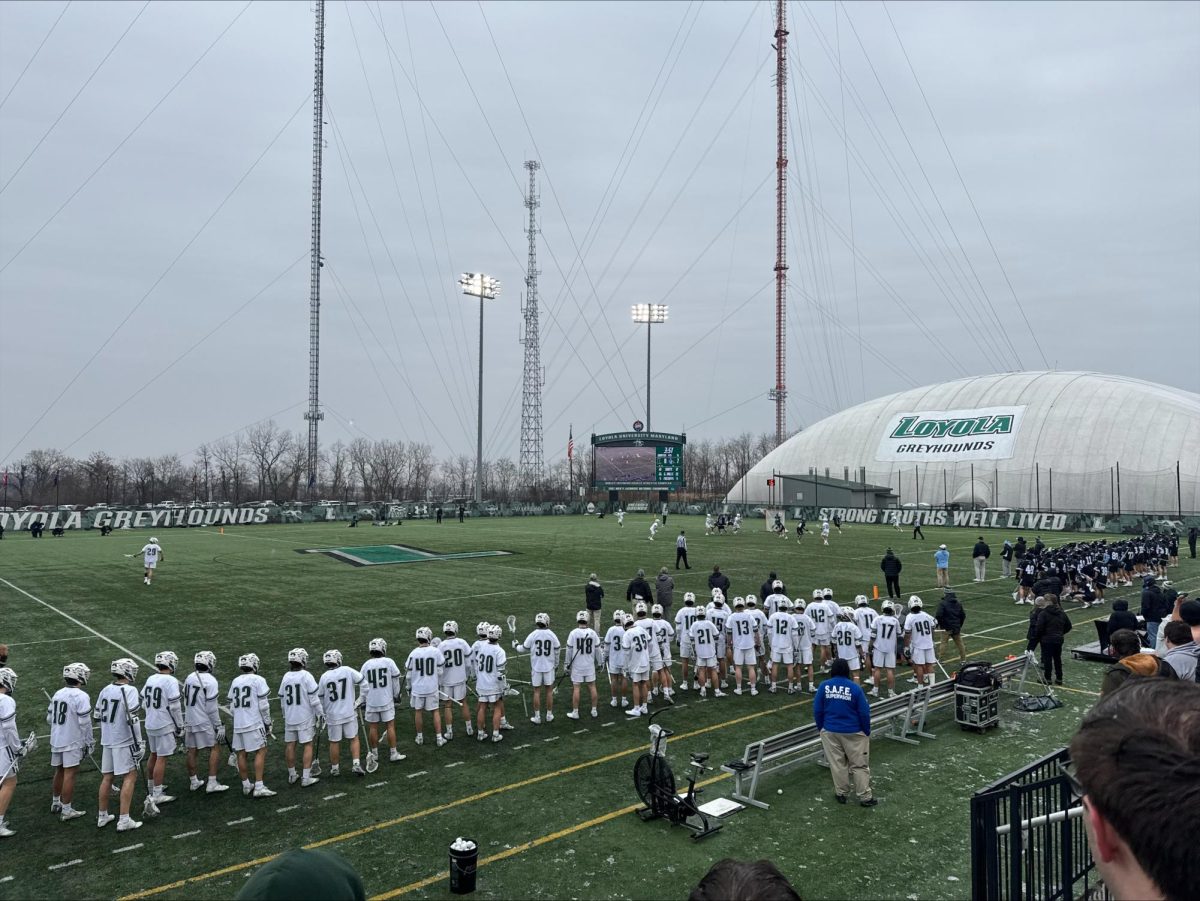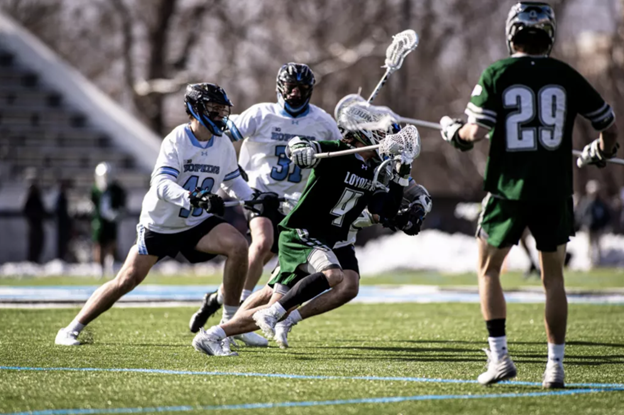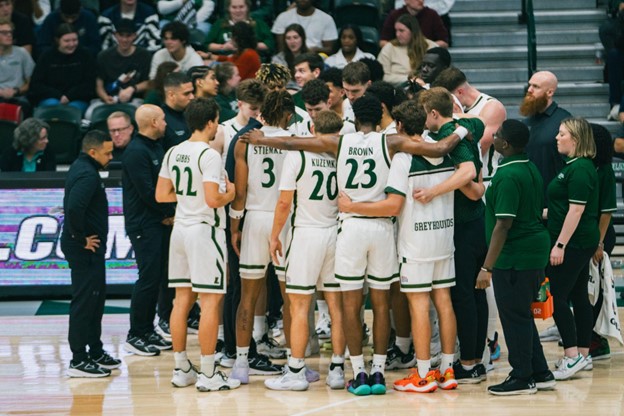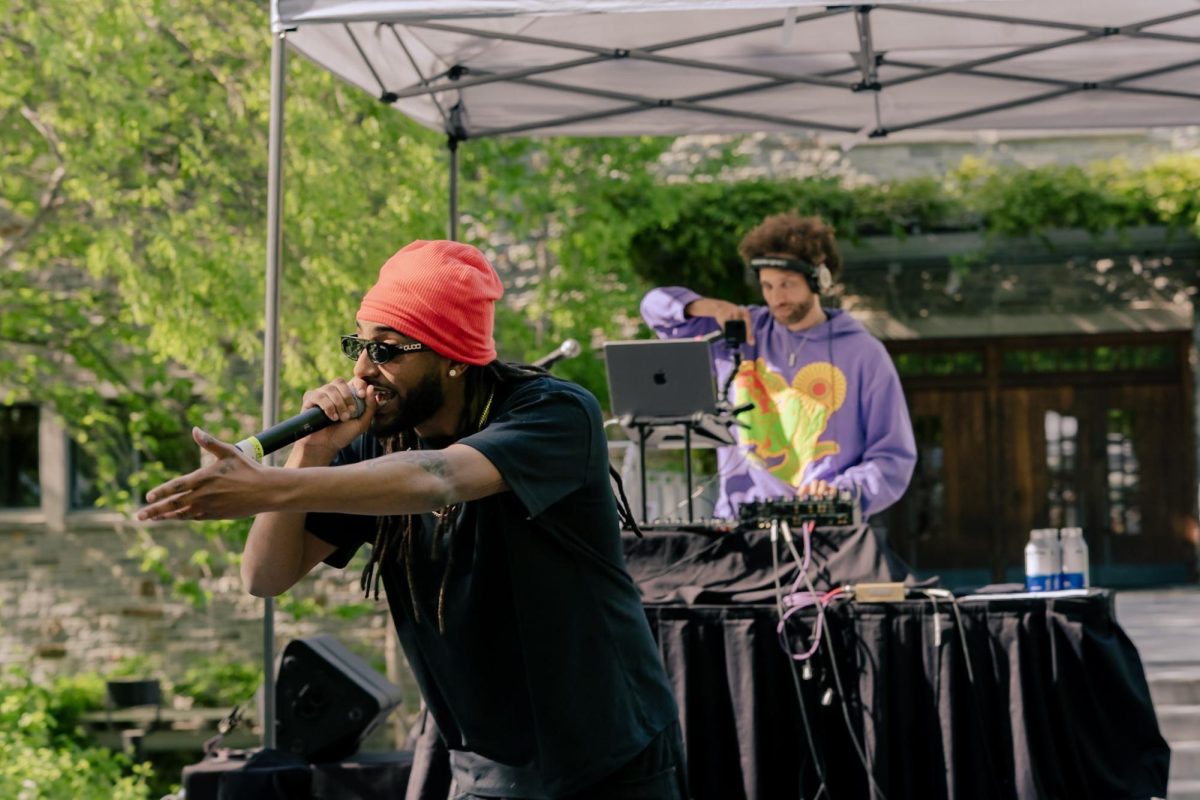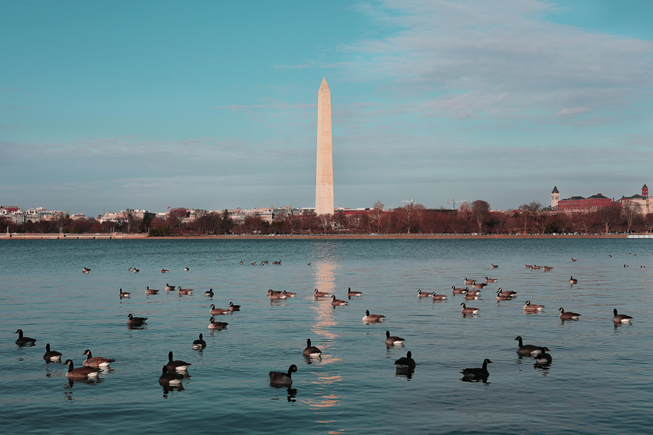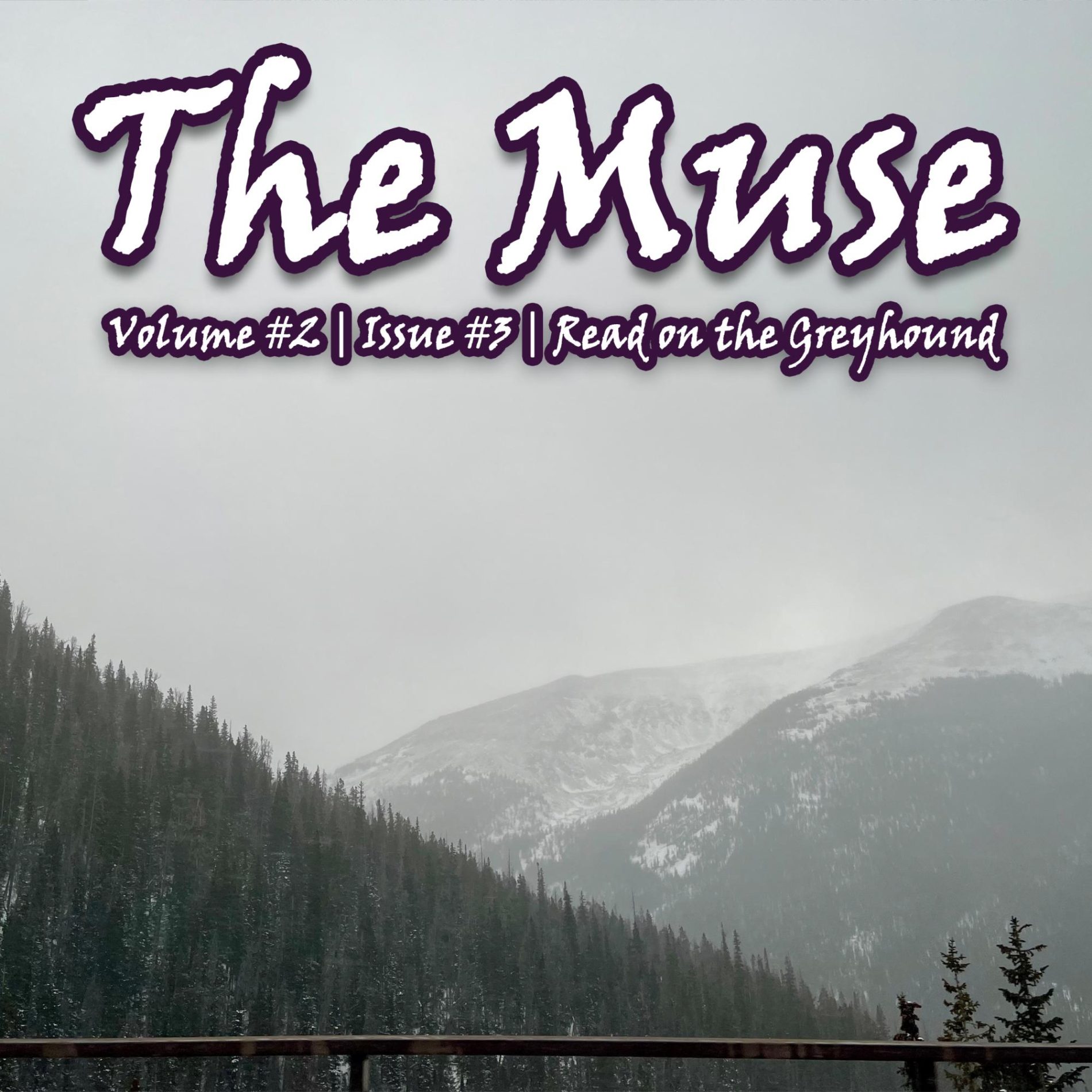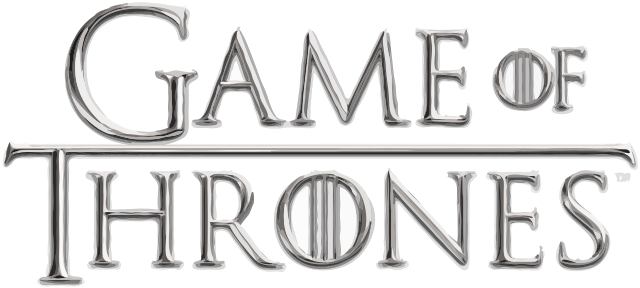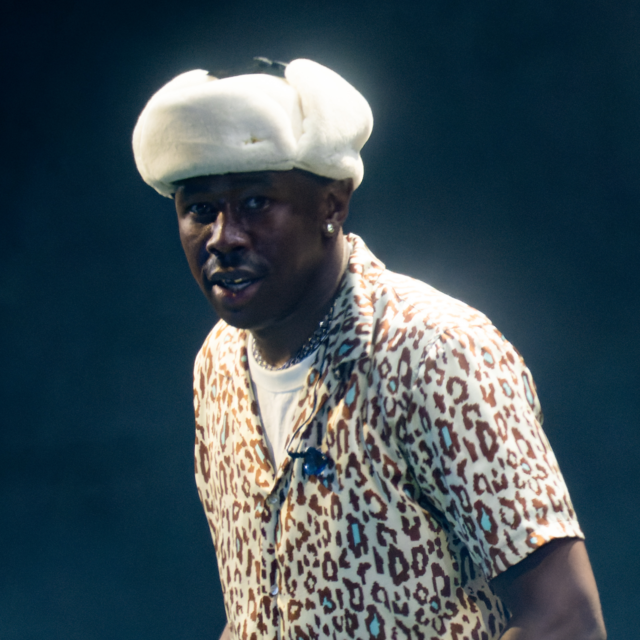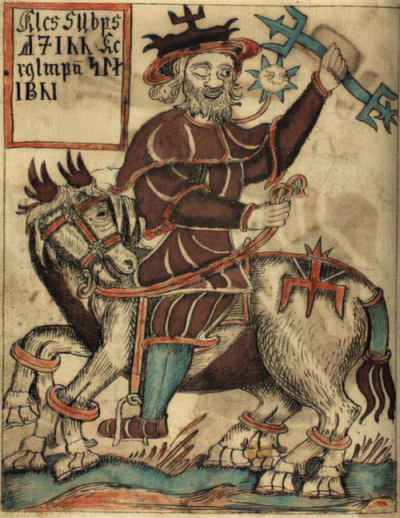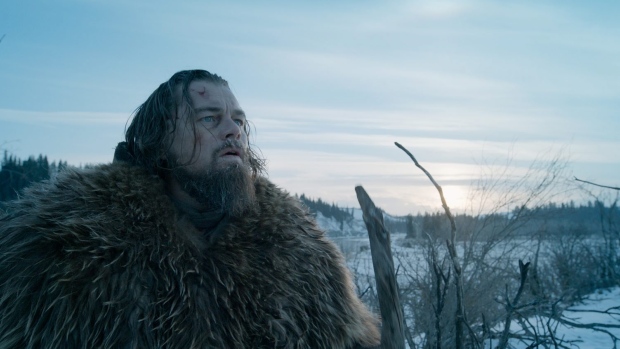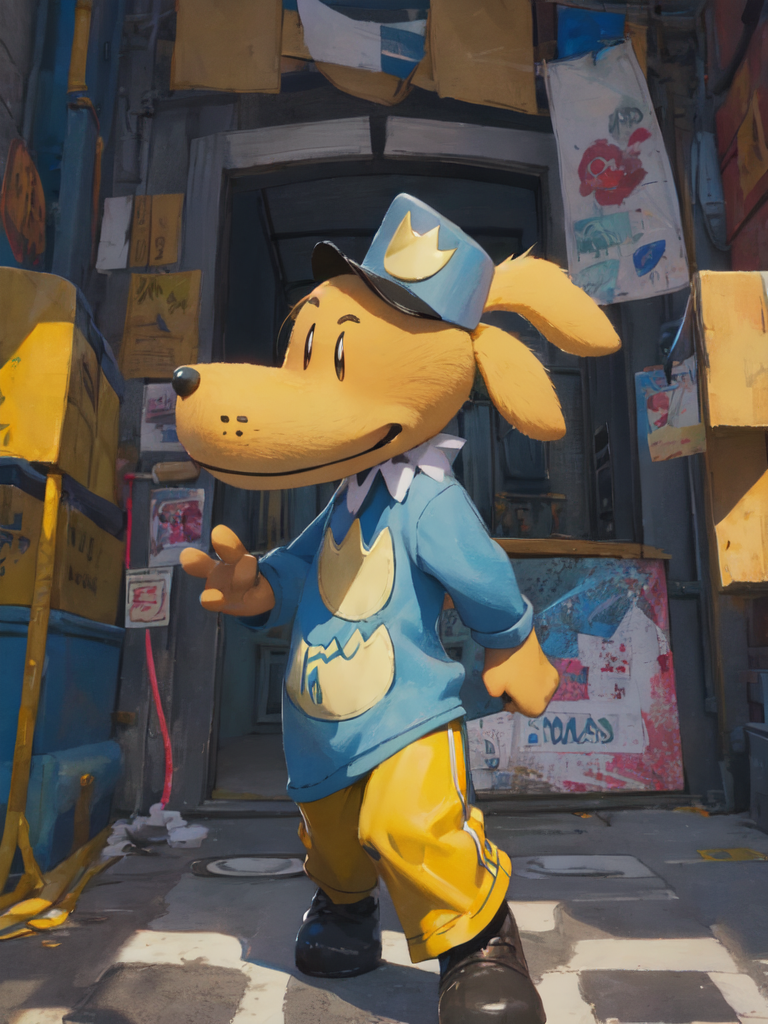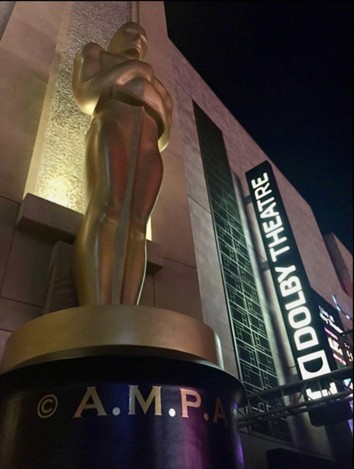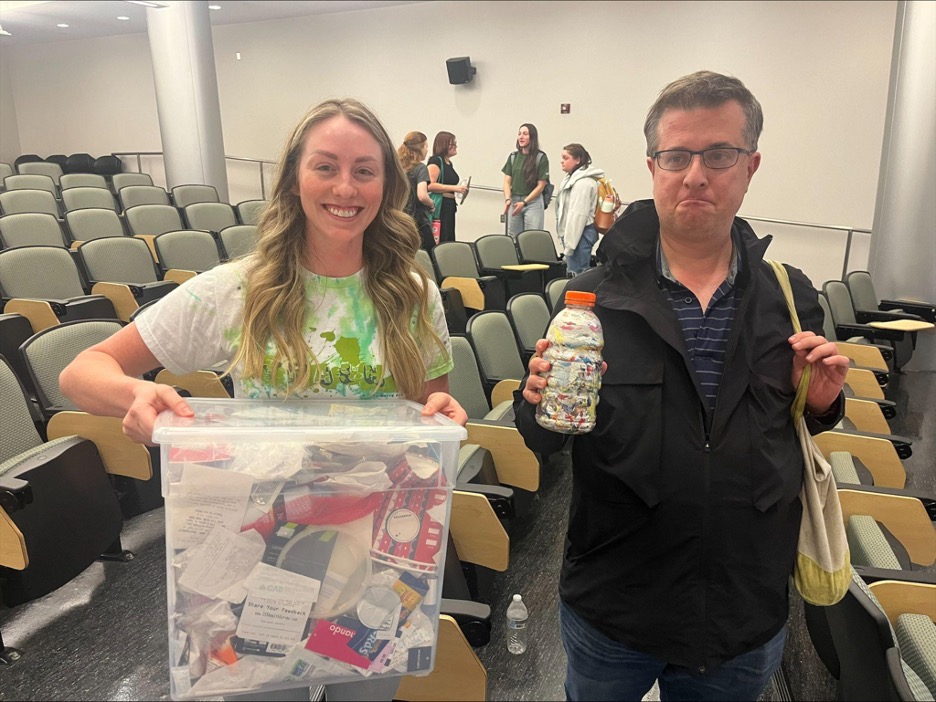A film cannot completely capture the realistically disturbing experience of surviving in the wilderness, but if any visual medium could accomplish this, it would be director Alejandro Iñárritu’s “The Revenant”. This movie envelops its audience into a cold, bleak world. Iñárritu creates a visual, mystical and existential exploration of the relationship between man and nature.
Unless you’ve been living in the middle of nowhere like our hero in the film, Hugh Glass (played by Leonardo DiCaprio), you have most likely heard a lot of chatter about this movie, like talks about the infamous bear scene.
Iñárritu ‘s inspiration for the film comes from a 2002 fact-based book also titled “The Revenant” by Michael Punke. The story takes place from 1823 to 1824 in North and South Dakota, Montana and Wyoming. Hugh Glass is a skilled navigator and fur trapper hunting with a party of grizzly mountain men: John Fitzgerald (Tom Hardy), the more mercenary and self-interested of the group, yet clever and greedy —he’s by far the most interesting character; Andrew Henry (Domhall Gleeson), the captain, a principled opposite to Fitzgerald and close ally to Glass; Jim Bridger (Will Poulter ), conflicted and unruly; and Hawk (Forrest Goodluck), Glass’s son by a Pawnee Indian mother.

The story moves quickly as Arikara warriors attack the group in a memorable battle sequence. What began as an escape plan turns to bitter survival situation after Glass is nearly mauled to death by a grizzly bear in a 10-minute uncut shot exemplifying the talents of Iñárritu and cinematographer Emmanuel Lubezki. An incapacitated Glass is left behind with the untrustworthy Fitzgerald, Bridger and his son Hawk. Fitzgerald murders Hawk, leaves Glass buried alive, and flees with a naïve Bridger.
After this, DiCpario’s character has no one to talk to throughout his revenge adventure, so he expresses himself through painful grunts, gasps and more grunts. However, DiCaprio isn’t the only actor who delivers an outstanding performance. The nearly always-crying Poulter portrays the tragic humanism of the time, and Hardy communicates his fierce savagery through his eyes alone.
“The Revenant” is truly Iñárritu and Lubezki’s show. The camera itself appears as a character, swooping among the battles, crawling along the frigid snow with paralyzed DiCaprio, and taking viewers along this otherworldly journey. For example, the bear scene isn’t just terrifying: it’s downright shocking. The camera gets tossed with DiCaprio and we’re pushed into the scene. “The Revenant” must be appreciated first and foremost as a visual masterpiece.
DiCaprio’s lines such as, “As long as you can still grab a breath, you fight,” or my favorite, “I ain’t afraid to die anymore, I’d done it already” written by Iñárritu and Mark L. Smith, attempt to take the film to higher levels of symbolic importance. These lines make you wonder whether or not Glass’ survival instincts are only a result of his hunger for revenge. And once this is fulfilled, does this spiritual avenger – as the title suggests – have a will to live? With such an ambivalent ending, you need to be the judge of this.
Iñárritu put everyone from the film, including himself, through extreme conditions to create a visual atmosphere rarely seen on screen. The cast and crew spent nine excruciating months of filming across several continents — yes, snow was in short supply in Canada, so everyone had to move to Argentina. DiCaprio also committed to the role and ate a real bison liver.
This is no film for the faint of heart. Iñárritu has again pushed the boundary on what film can and should do. Iñárritu and Lubezki’s camera talents create a roller coaster, and DiCaprio’s portrayal is vivid and menacing. “The Revenant” visually drowns you in nature’s violence which subdues the film’s grace and leaves it at best as a visual flare. Nonetheless, this is a visual flare that everyone should experience.
Feature Image: Day Donaldson Photo, Courtesy of Flickr URL




